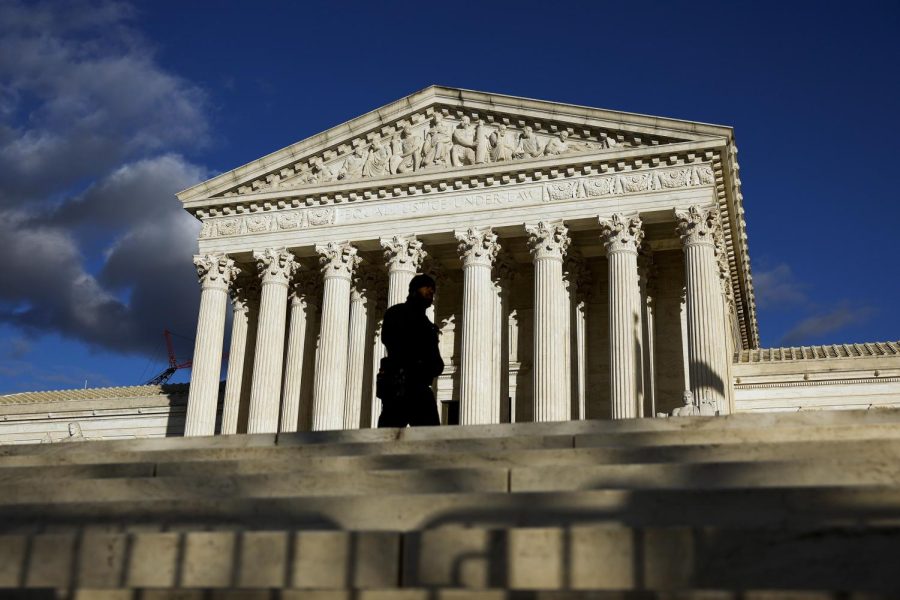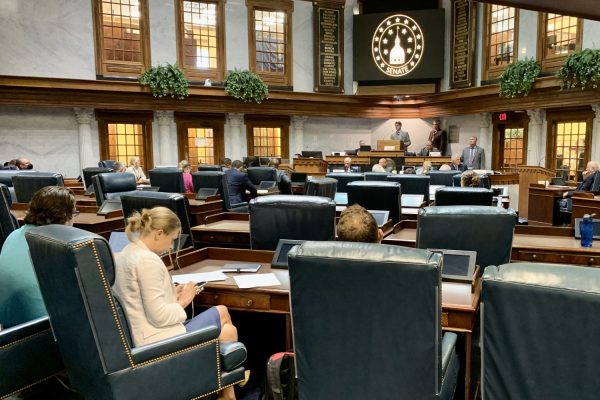Supreme Court Rules on Affirmative Action
May 9, 2023
This summer, the Supreme Court will rule on the constitutionality of affirmative action through two court cases filed by SFFA, but what could this decision mean for students ready to apply to colleges in the upcoming years?
In October of last year, two cases were brought to the Supreme Court, both filed by the organization Students for Fair Admissions, or SFFA. The cases, one against Harvard University and one against the University of North Carolina, were filed by SFFA in an attempt to completely eliminate the consideration of race in college applications.
This is not SFFA’s first attempt however, as previous efforts have been rejected by the Supreme Court where they ruled that the promotion of diversity of campuses through affirmative action was allowed. But what is affirmative action and why is the SFFA attempting to eliminate it?
Affirmative action is used in the consideration of college applications to give more opportunities to disadvantaged students to receive their education through the use of policies which promote equal opportunity for underrepresented race groups. However, the SFFA says that affirmative action directly violates the Equal Protection Clause and wants the Supreme Court to overrule previous rulings in order to end it. In the past, the Supreme Court has consistently stated that universities can consider race in admissions to give equal opportunity as long as racial quotas are not used. With these recent cases, however, the Supreme Court is expected to rule in favor of SFFA, so what does this mean for future college applicants?
Since the beginning of affirmative action in the 1960s, the enrollment of minorities in colleges has increased by over 15%. However, researchers have shown that the elimination of affirmative action will lead to the population of African-American and Hispanic students in colleges falling to almost half of the current percentage, as well as a decrease in the percentage of other minorities. With this, it is predicted that populations of white students will see a large increase. However even with this change in percentages, a bigger problem has always been the wealth distribution within colleges, as students from the top 1% by income have always made a larger percentage proportionally regardless of race.
This means that if the Supreme Court is to side in favor of SFFA, educational opportunities for minorities of low income will be exhaustingly more difficult to get and the student climate of many colleges will change drastically moving forward. For many students it’s important to understand what this means for them and many should anticipate the ruling by the Supreme Court.













